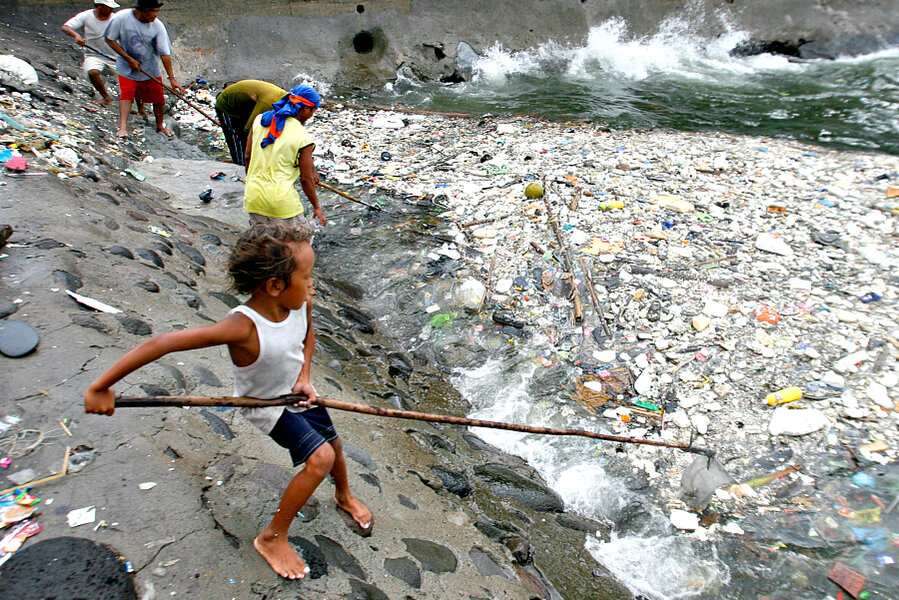Goodbye, Pacific garbage patch: a teenager’s invention may clean it up
Loading...
It sounds like an awesome but silly science fair idea: a massive machine that could clean up the ocean’s plastic trash.
Dutch teenager Boyan Slat proposed just that two years ago at his high school. Though the concept went on to win recognition from groups such as the Dutch Ministry of Infrastructure and the Environment, many skeptics dismissed it as too ambitious.
Now the 19-year-old is back with a 530-page feasibility report showing how the machine could work effectively; it includes statements from independent scientists who were asked to review it.
Their verdict? Why, yes, the device could indeed pick up a significant percentage of the North Pacific’s plastic trash.
“Although the design is unable to remove the smallest microplastics from the ocean, the high efficiency of the barriers in dealing with larger plastics would significantly reduce the overall mass of plastic debris in the North Pacific Subtropical Gyre,” concludes aerospace engineer Nicole Sharp in the study.
Slat hasn’t built a working structure yet, but 15 universities, engineering groups, and other institutions are already backing the Ocean Cleanup Array.
Powered by solar panels, the platform would be attached to the seabed and have movable arms that could funnel recyclable plastic into a column. A floating barrier would prevent marine animals from getting trapped in the array.
The project is budgeted to cost about $43 million annually for 10 years, which would be offset by the marketable and usable recycled plastic. According to Slat, one machine could take out half of the trash in the Great Pacific Garbage Patch in a decade.
The Ocean Cleanup Array project needs $2 million for a pilot phase, in which a global team would refine the design and carry out testing.
“It wouldn’t be very cost-efficient to try to build our own engineering company and oceanographic institute,” Slat explains on the project’s crowdfunding page. “Instead, we seek collaborations with existing parties, enabling us to focus on the bigger picture.”
“Although a cleanup will have a profound effect, it is just part of the solution,” Slat said in a statement. “We also need to close the tap, to prevent any more plastic from reaching the oceans in the first place.”
• Kristina Bravo is a Los Angeles–based writer. She is a fellow at TakePart.
• The original article appeared at TakePart, a leading source of socially relevant news, features, opinion, entertainment, and information – all focused on the issues that shape our lives.





